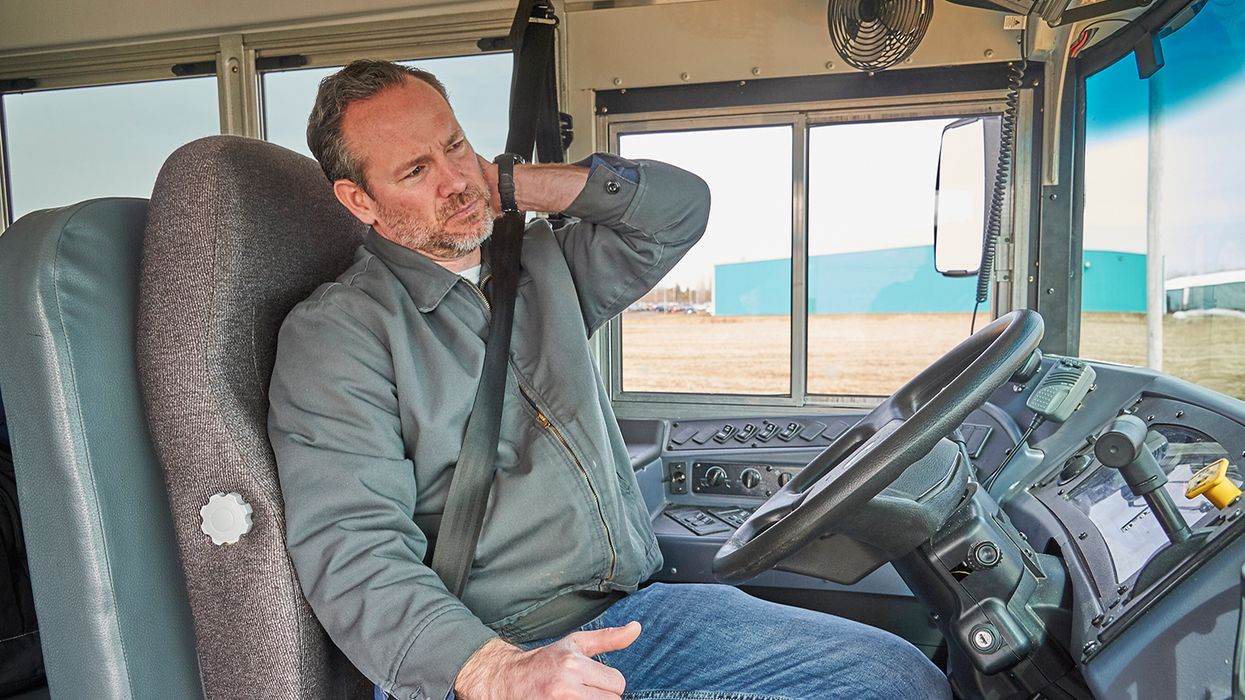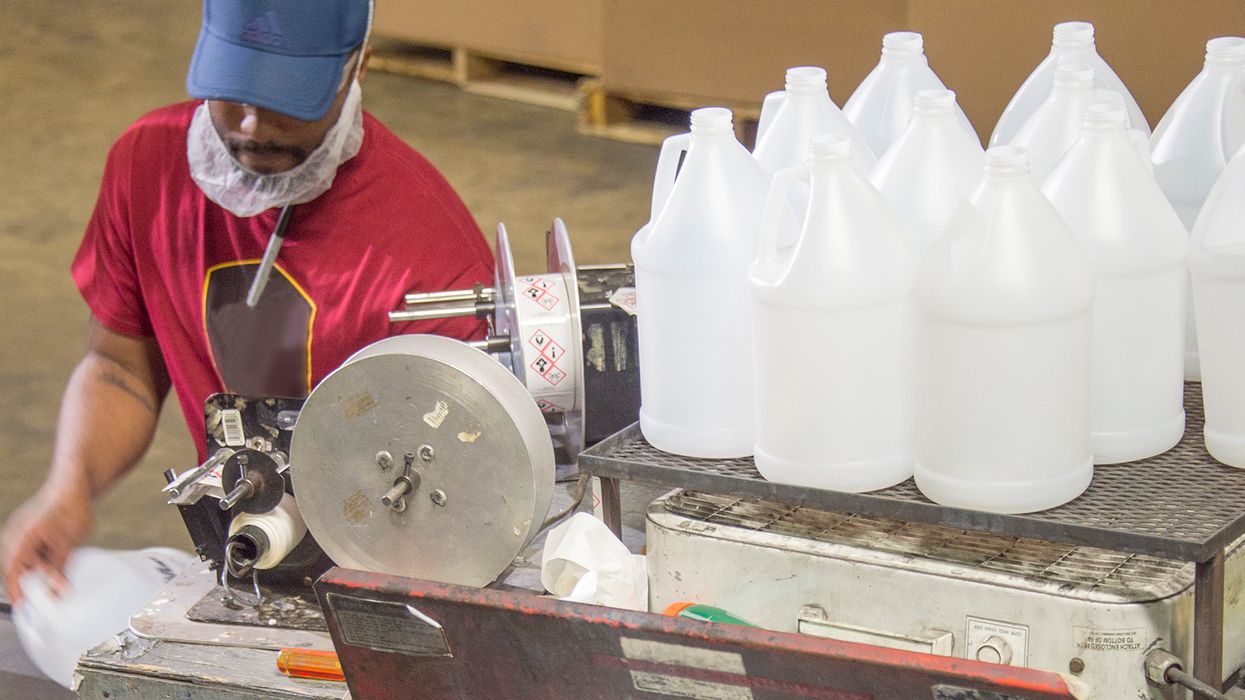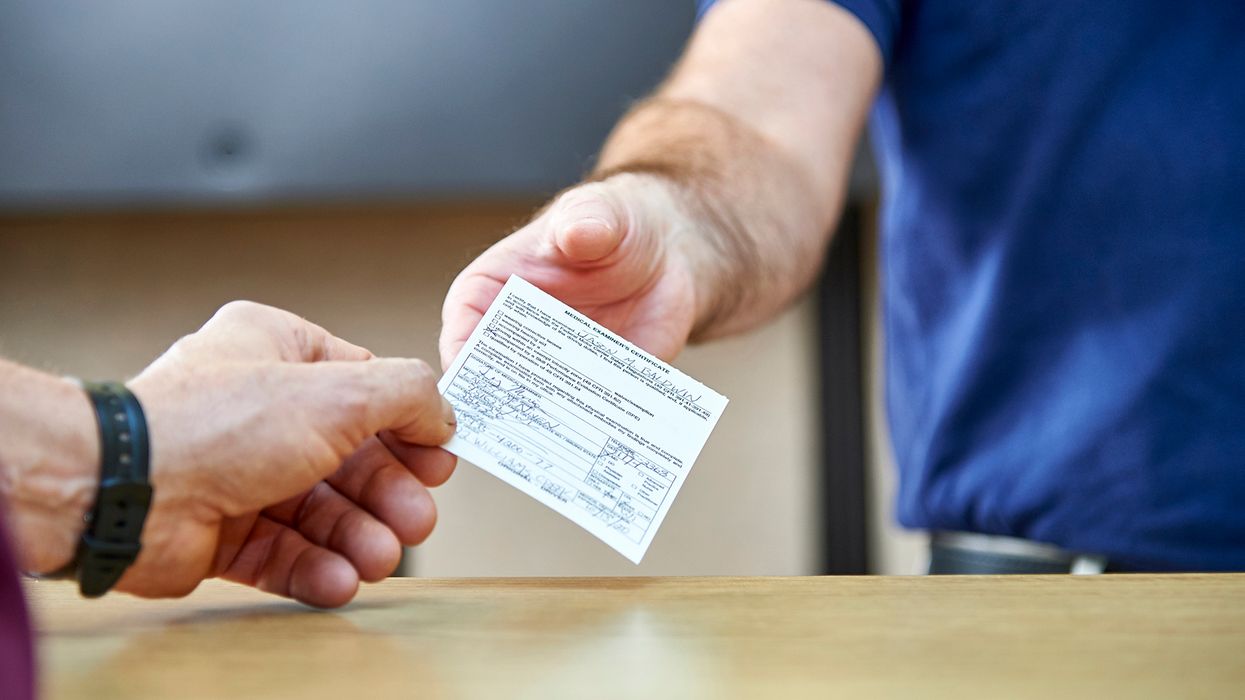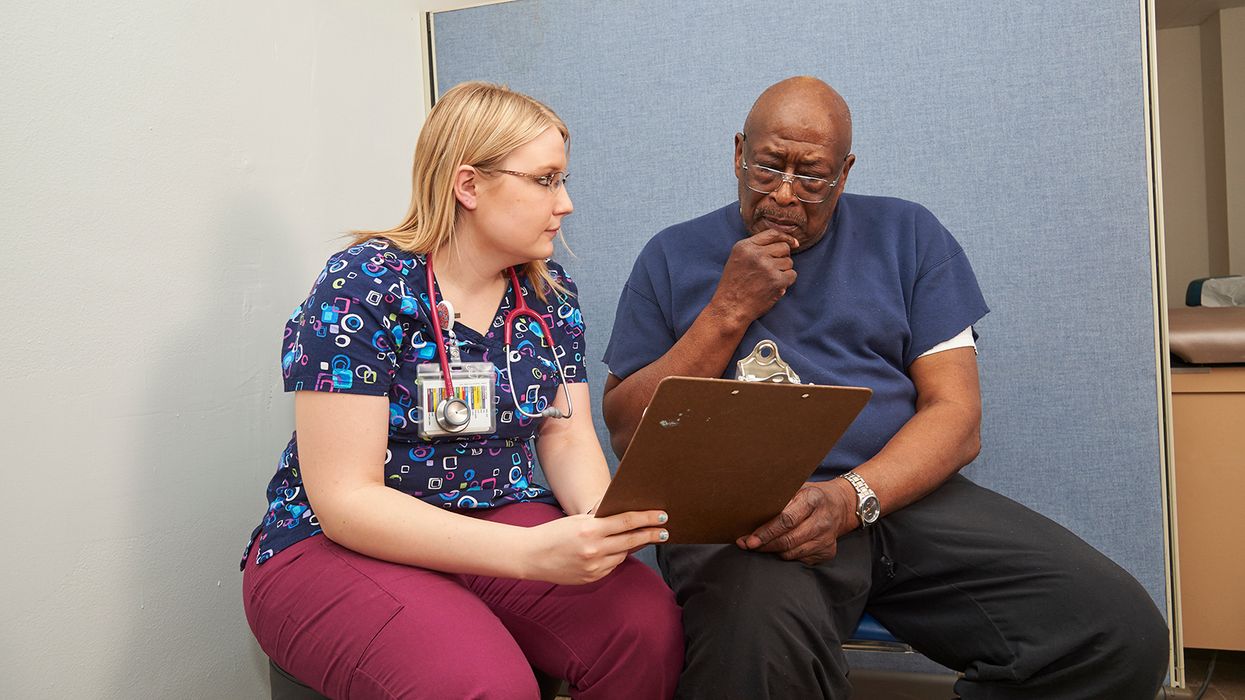It’s that time of year: OSHA season! Remember to post Form 300A
From February 1 through April 30 each year, companies covered by OSHA must post a summary of all work-related injuries and illnesses that occurred at the workplace over the previous calendar year. The form that must be used is OSHA Form 300A.
To complete the Form 300A, you need to review all your entries in your injury log (OSHA Form 300 Log) and enter a summary of the information onto the Form 300A. Once completed, a company official must certify the Form 300A by signing it, and then post it in a prominent location where employees can see it. The posting is meant to make employees aware of the injuries and illnesses occurring at their workplace.
OSHA’s annual electronic submission requirement
If you are required to keep OSHA injury and illness records and have 250 or more employees, or you have 20-249 employees and are in certain industries with historically high rates of occupational injuries and illnesses, you must electronically submit the information from your OSHA Form 300A to OSHA by March 2. Trucking and other freight-moving industries are covered by this requirement. See the complete list of industries covered by this requirement at https://www.osha.gov/recordkeeping/NAICScodesforelectronicsubmission.html.
The information must be submitted through OSHA’s “injury tracking application” (ITA) website (https://www.osha.gov/injuryreporting/index.html).
Don’t just fill out the form, use the information
When completing your Form 300A summary, be sure that all injuries and illnesses were investigated. An investigation should be extensive enough to determine a root cause and contributing factors. If an injury or illness was not investigated when it occurred, investigate it when you complete the 300A summary.
Once you’ve compiled the information on causes and contributing factors, determine whether there is something you can do to prevent future injuries.
Common methods for preventing future injuries include:
- Better education. This involves developing training that addresses the work practice(s) or behavior(s) that led to the injury or illness. Examples of this prevention technique in action include conducting training on using three points of contact to prevent falls when entering and exiting the vehicle, and training on safe lifting to prevent back injuries.
- Better engineering. This involves designing a better system to prevent the injury or illness from happening in the future. This could involve improving (or implementing) policies and procedures, and/or providing the employees with better/safer equipment. A common example of this would be providing drivers with fifth wheel pullers (hooks) to prevent arm, back, and shoulder injuries.
- Better enforcement. This may include enforcing existing policies and making sure that employees are following the procedures and practices you have in place.
Key to remember: If you do nothing to change knowledge, systems, or bad behaviors, you will continue to get the same results, which in the case of injuries is not a good thing.

















































